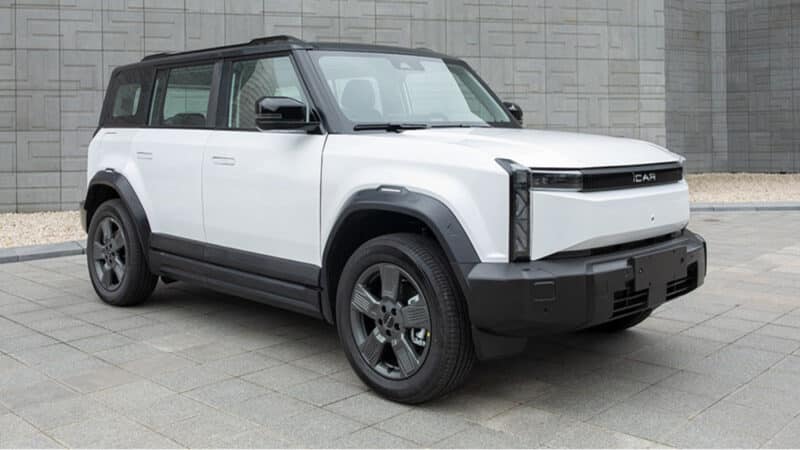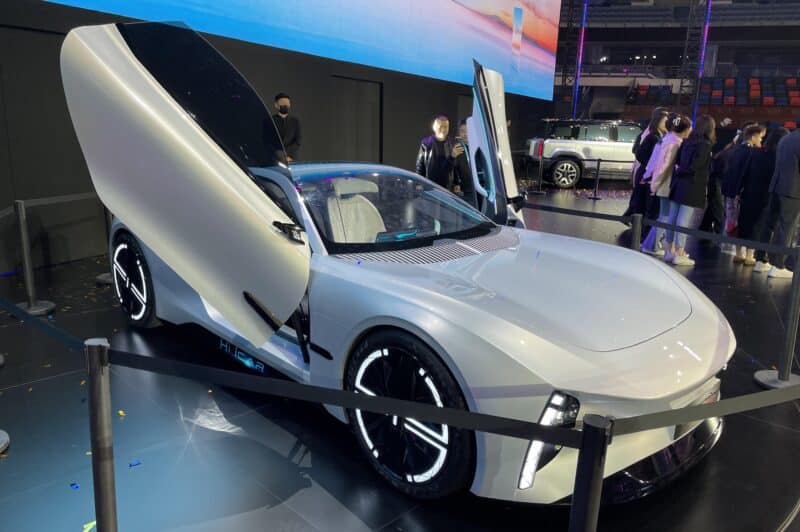The Big Read – Chery (3/4) – Brand madness
With the Chery A3, the brand launched China’s first truly modern, self-developed car. It propelled the brand amongst the ten biggest Chinese car manufacturers and ambitions didn’t stop there. Despite the well-received A3 model, Chery still was a low-end budget brand in the eyes of many. To change that, the company decided to diversify its brand portfolio.
The multi-brand strategy
In 2009, Yin Tongyue announced sweeping changes to the company’s strategy in a similar fashion as Geely did around the same time. Chery would become a multi-brand company, introducing three new brand names. This kind of strategy is still present in the Chinese market, where it always seems easier to launch a new brand than to upgrade an existing brand image. The lack of a long automotive history among car buyers may play a role here.
Anyway, the name Karry (Qirui) was already known as a Chery model, but Yin upgraded it to a brand name. The Karry brand, based on the acquisition of FAW Yangzi Automobile, became the light commercial vehicle arm of the company. Besides the Youyi, the box van based on Seat Toledo technology, Karry also made the Youya micro van. The Youya had previously been known as Chery V2. More microvans (Youpai, Yousheng, and Youyou) and -trucks (Youyin) followed quickly after the brand launch.
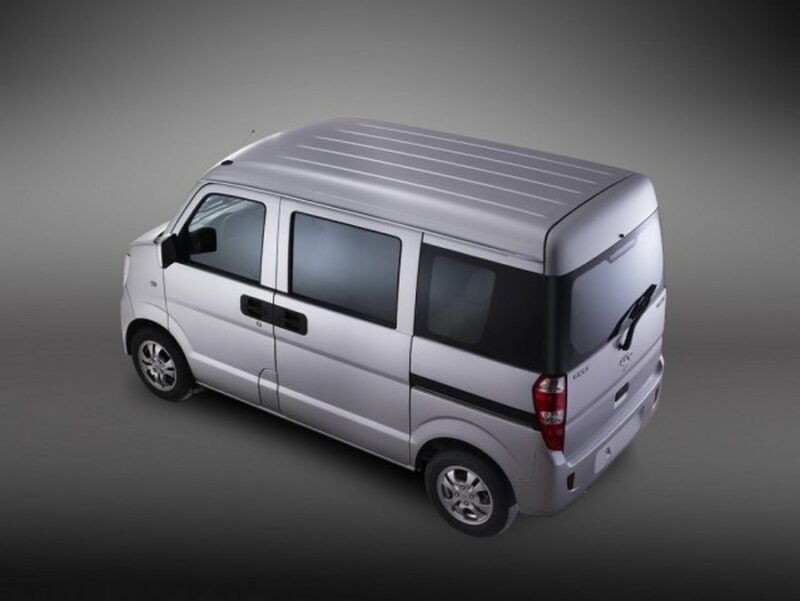
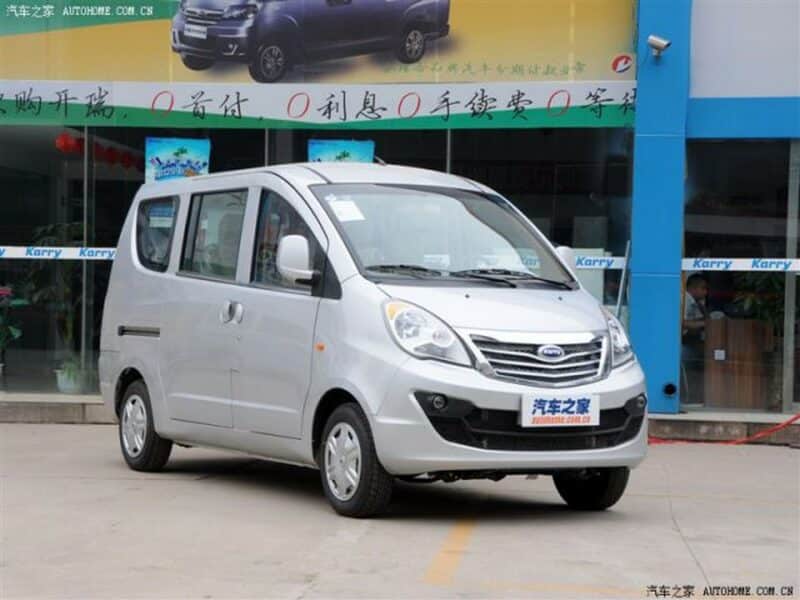
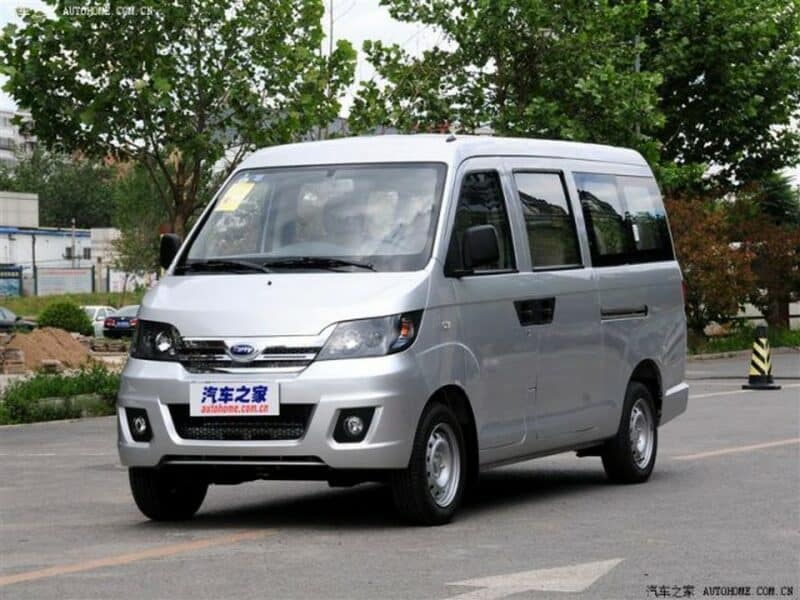
Chery’s main attempt to drop the low-budget image was the Riich (Riuqi) brand. It was set up to offer more upmarket versions of the Chery cars with distinctive designs and better specs. The first Riich M1 was adapted from Chery’s highly successful QQ3-model. And like the QQ series, the Riich version appeared in several body styles. The Riich M5 was equivalent to the QQ6 sedan and the Riich X1 was a crossover version of the M1.
Riich also took the Chery E5 (an evolution of the A5/Cowin-3) and called it G3 after some restyling. The largest model in the lineup was even exclusive to the brand, the Riich G6. This car had been developed as Chery A6 but was never produced as a Chery model. An ACTECO 2-liter turbo engine of 200 hp powered the car, making it the company’s most prestigious sedan offering. For a short while, Riich even made a limousine version of it, stretched to over 7 meters in length, replacing the earlier Chery Fengyun limousines.
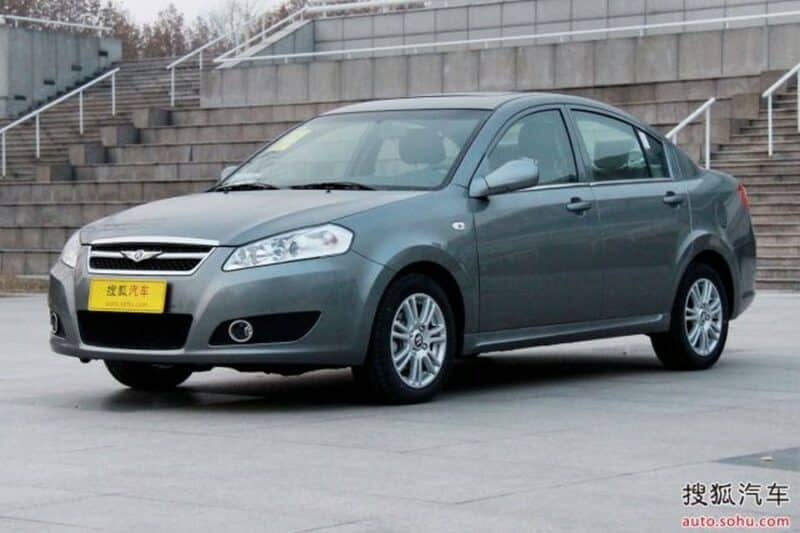
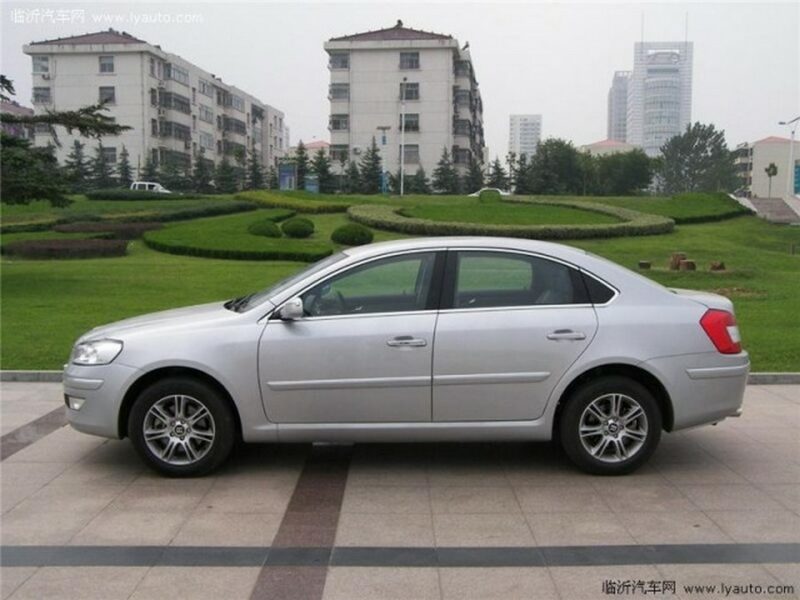
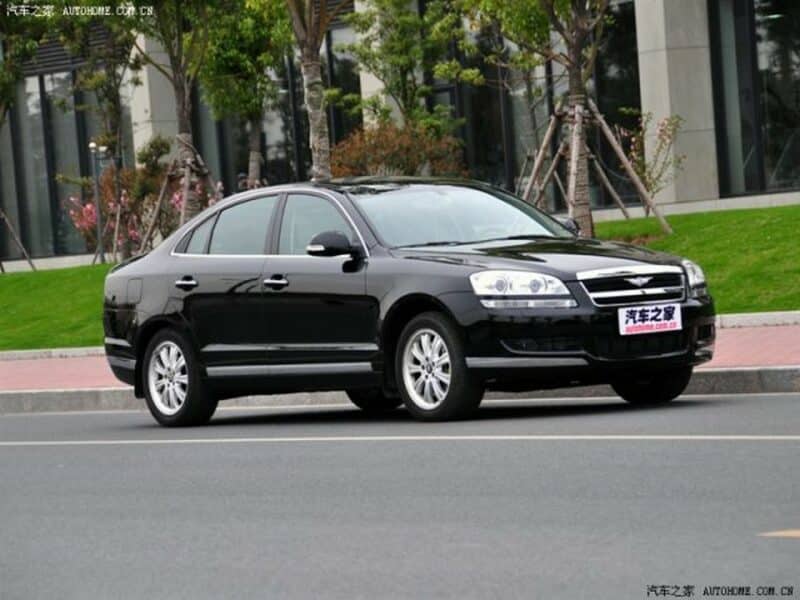
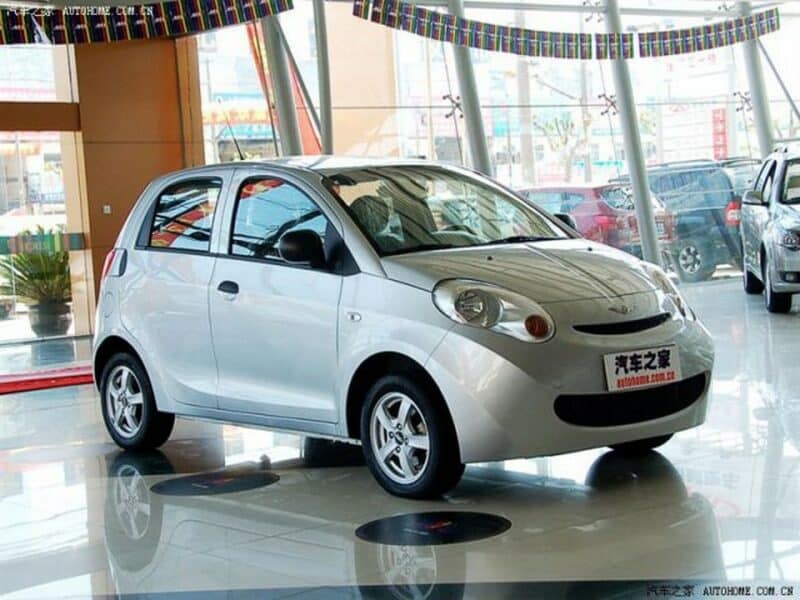
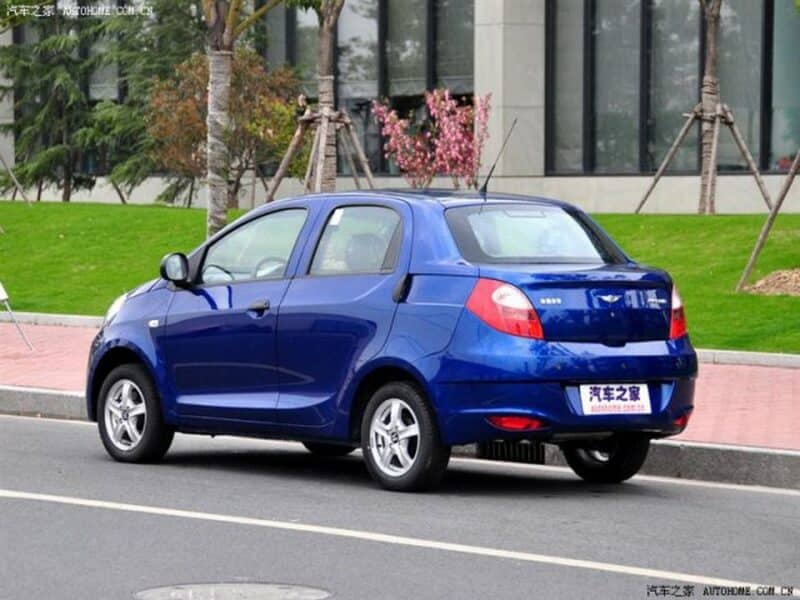
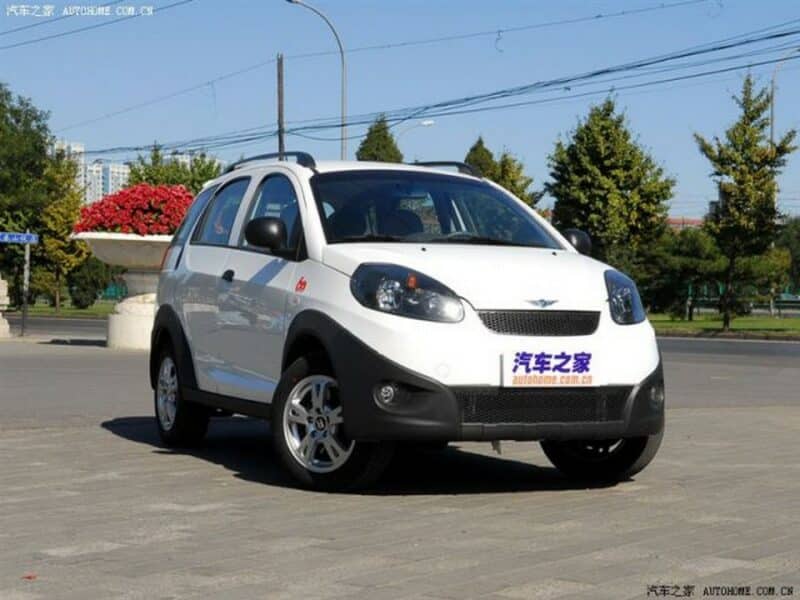
The last new brand was Rely (Weilin), formally a product of Chery Light Commercial Vehicles. So it was a Karry brand, making mainly MPVs. The sole offering in the beginning was the Rely V5, a rebadged Chery Eastar Cross. Soon after the brand launch, it also introduced a rugged body-on-frame SUV called X5 that was exclusive to the Rely brand. Rely also made the H-series van in several sizes, with the Toyota Hiace body purchased from one of the Chinese licensed manufacturers.
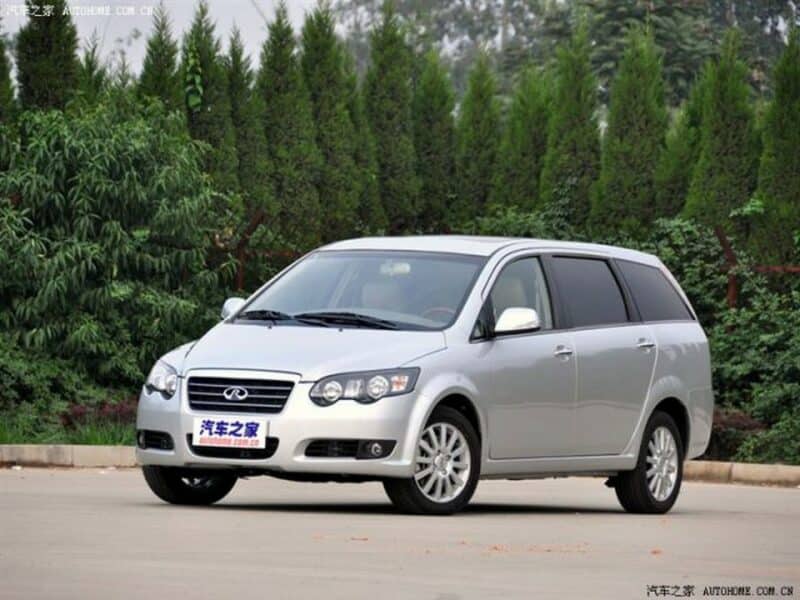
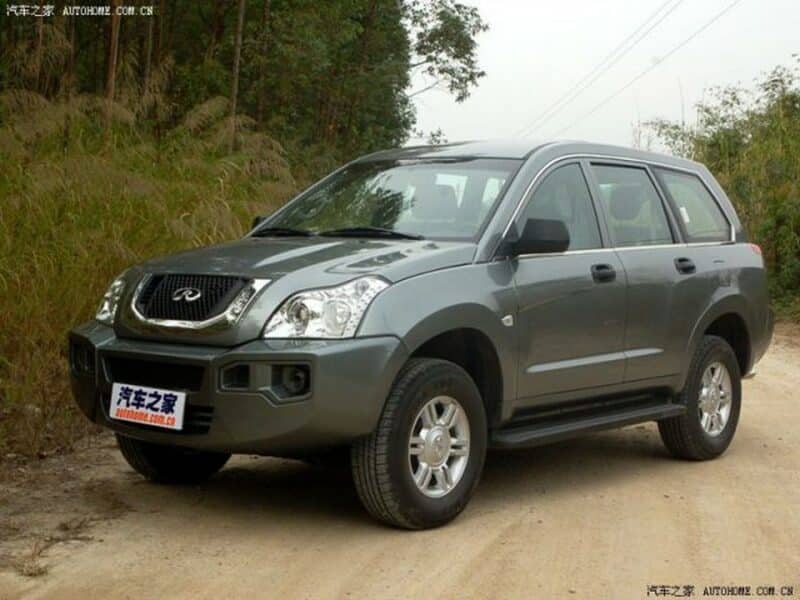
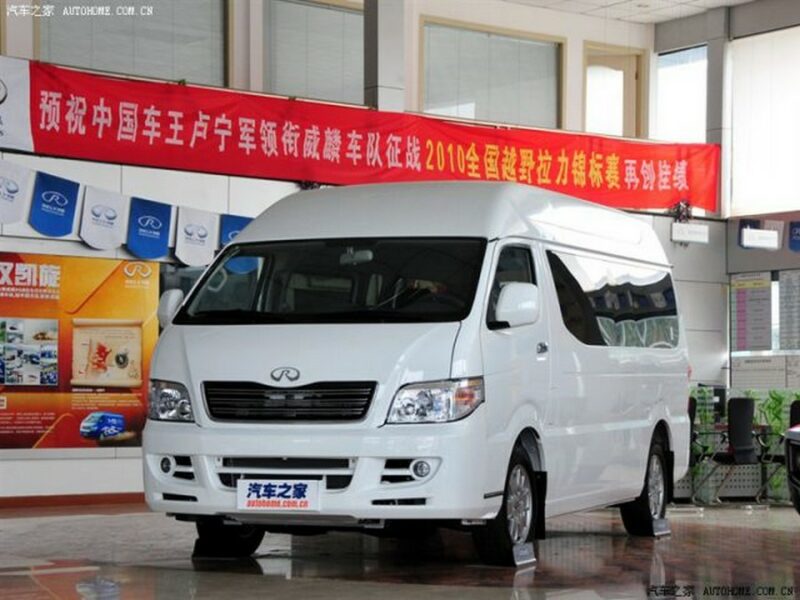
Meanwhile, Chery itself slowly renamed all its cars Cowin followed by a number, except for the E5, the QQ-series, and the Tiggo. It also introduced the Fengyun-2, to supersede the Seat-based cars. It was no longer built on the old Volkswagen platform but used the technology from the A3 series. The Fengyun was slightly smaller and fitted below the A3 into the lineup.
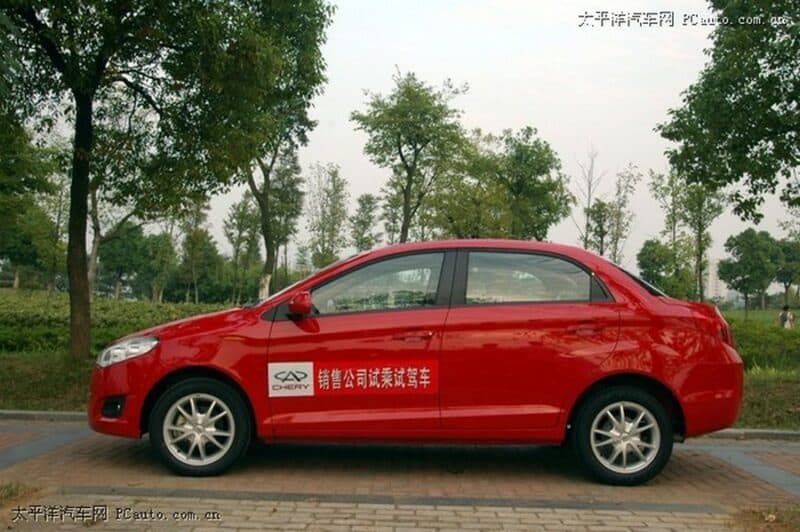
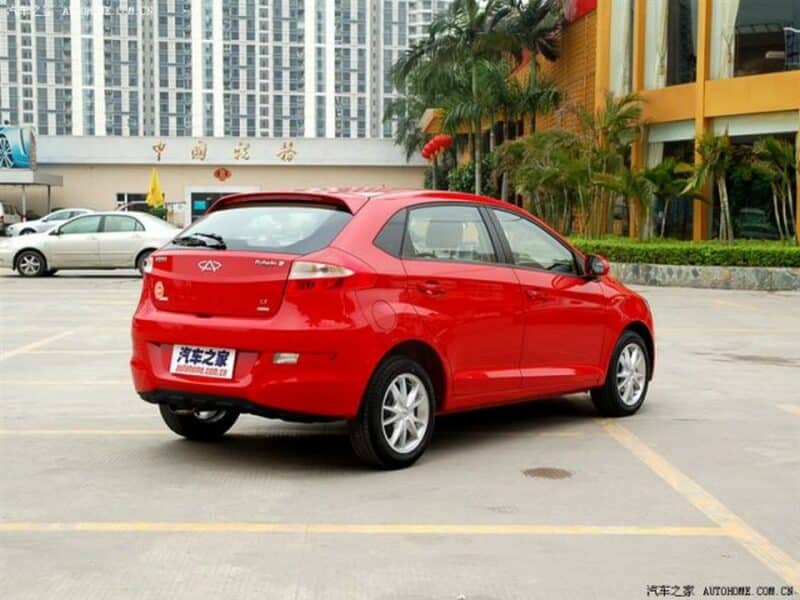
A quick change of heart
The idea behind the multi-brand strategy was to eliminate the low-budget image of Chery cars and position the brand as a credible alternative. The Riich models should emphasize the company’s technical prowess. Chery even took a Riich G5 equipped with the turbocharged 2-liter engine to Nordschleife of the Nurburgring. The car went around in a time just below nine minutes. The Germans hardly noticed it, but in China, it was good publicity. A Chery rally team participated in the Dakar rally with a Rely X5.
And still, it didn’t really work. One of the problems was that model proliferation was rather out of control. Chery liked to do very regular facelifts and introduce more and newer variants of existing models. At one time, the company had no less than 100 different models under development across the four brands. Many were spied during road tests, but a lot of them never reached the market. Among them, there were several Riich models, such as a coupe version of the G6, and several varieties of the small M-series (QQ-derivatives). Also, a mid-size SUV developed as Chery Tiggo-6, but intended as Riich X6 didn’t see the light of day.
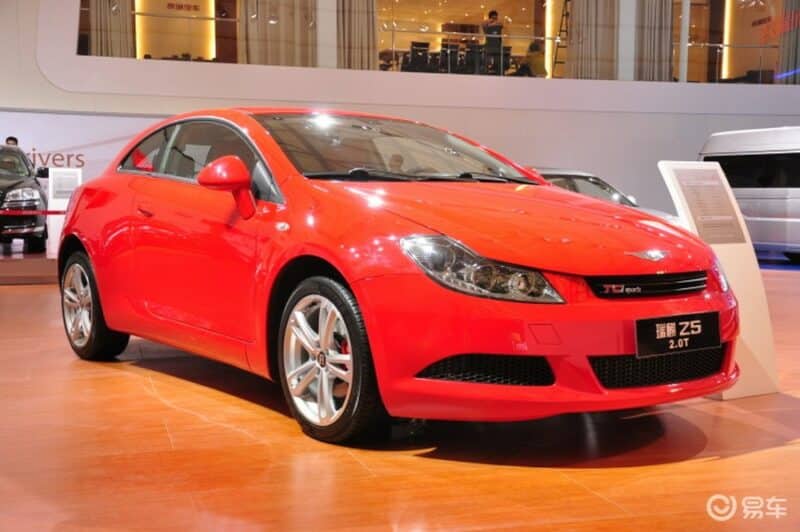
The situation wasn’t helped by the fact that Chery’s sales peaked in 2010 but showed a decline in the next two years. In late 2012, Yin Tongyue ended the madness. Riich and Rely would be discontinued as brand in the spring of 2013 and he slashed the number of models under development to about 30. At the same time, Yin decided to put more effort into SUV and crossover models, besides the single Tiggo model Chery had on offer.
While the Riich brand really ended in April 2013, the Rely brand lived on a little longer. The brand slashed its lineup to the H-series van only, and these continued to be sold as Rely until 2021. Then the H-series and the Rely brand also vanished, as Chery didn’t bother to upgrade the van to China 6 emission levels.
Try again
Now you would think that Chery learned from the experience and that would focus on making the main brand a bigger success. But they didn’t. Almost immediately after killing Riich and Rely, Chery started to create new brands again. In 2013, a high-end make called Qoros appeared, and a year later Cowin, up till then a model name, became a stand-alone brand. Qoros was actually a joint venture between Chery and some Israeli investors and we’ll look into that next week.
For now, we’ll take a look at the Cowin brand. In 2014, Chery acquired an old factory of the People’s Liberation Army (PLA 5720 Factory). This factory had a production license, because for a short time in the mid-1990s it had produced some simple cars under the Weier brand. Chery merged the PLA factory with its own bus operation and renamed it Wuhu Kaiyi Automobile, where Kaiyi was the new Chinese name for Cowin.
Chery had also started the construction of a new production site in Wuhu, called the Jiangbei project after the part of town in which it was located. Once Wuhu Kaiyi was established, it merged again with this Jiangbei project. That brought in investment funds from both Anhui province and Wuhu City as part owners, both funds also owning part of Chery Automobile itself.
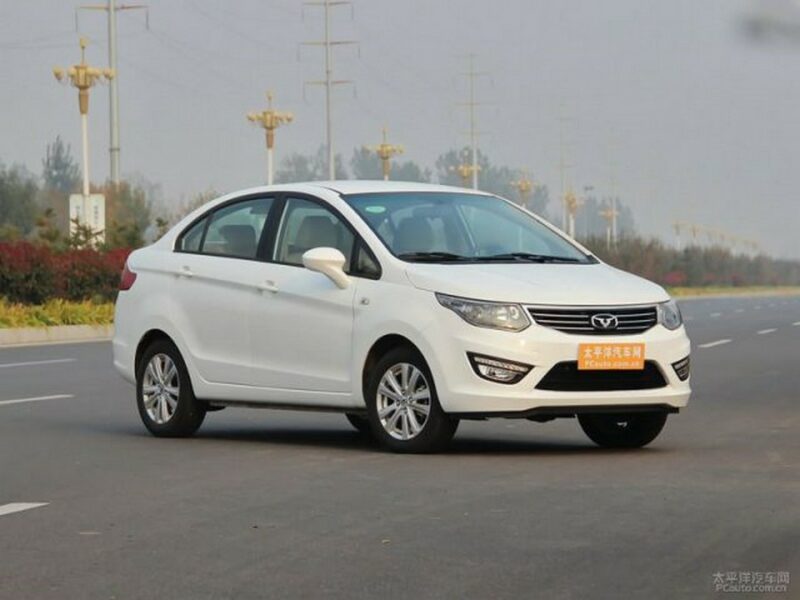
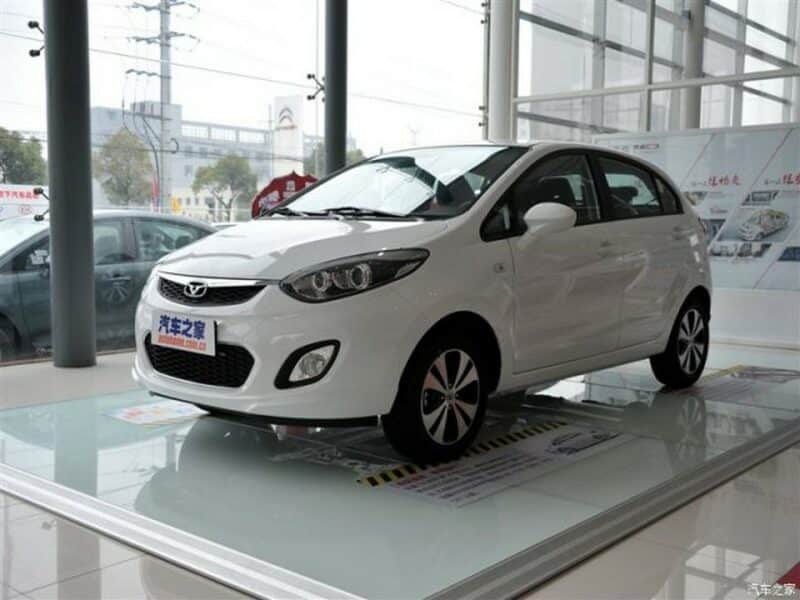
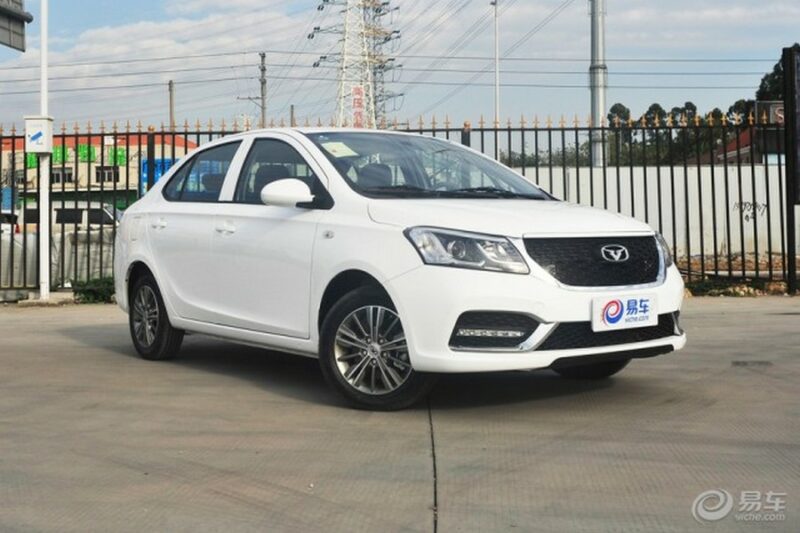
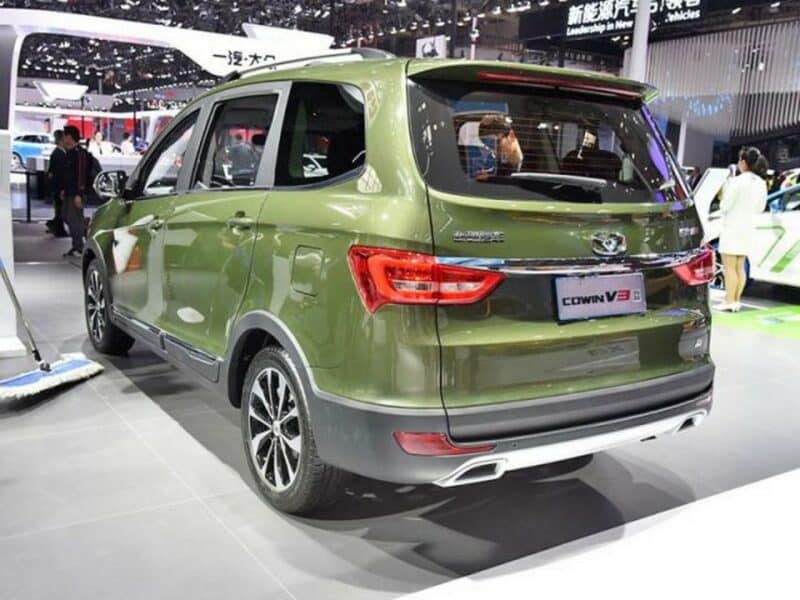
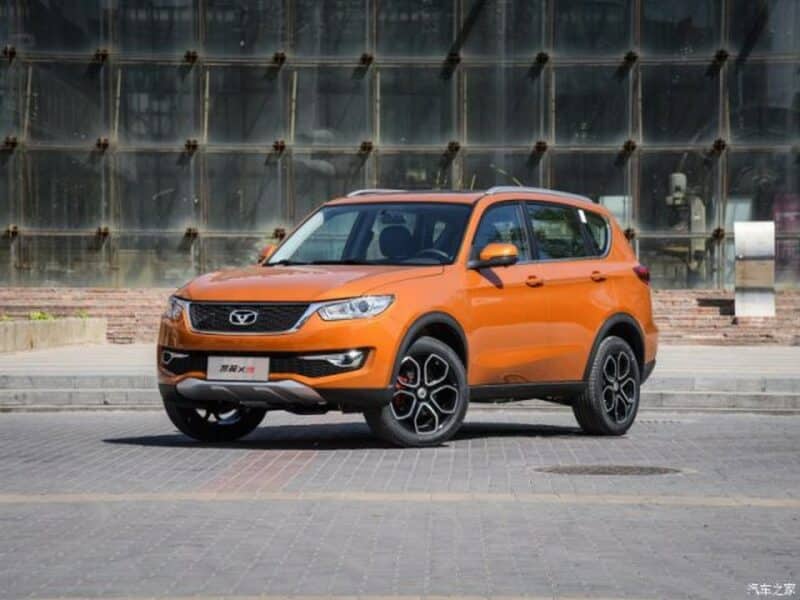
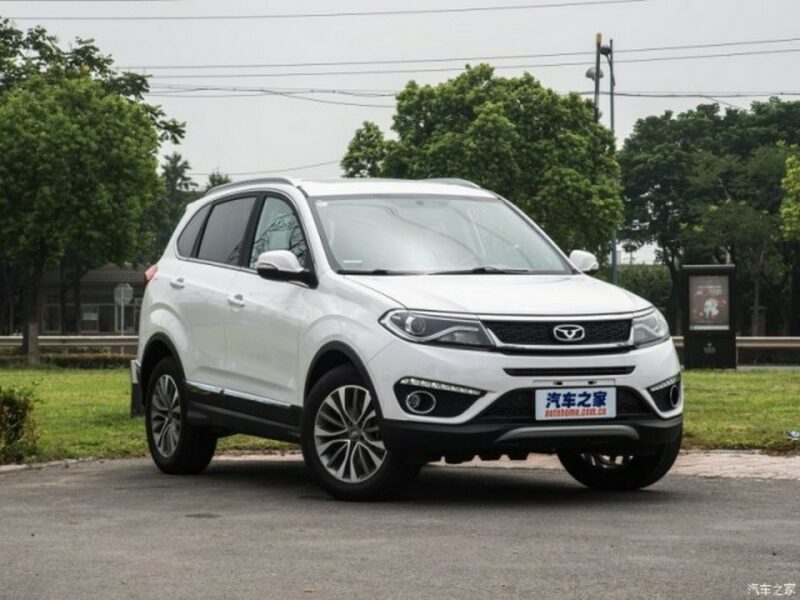
While Cowin was intended as a low-budget brand, Chery didn’t simply move some expired models over from the main brand. At least not initially. The first Cowin, the C3-series, was a new development called Chery A2 and should have been marketed as Chery E2/Riich G3. However, Riich had disappeared and Chery choose a different direction, so the sub-compact sedan and hatchback ended up in the lap of Cowin.
After that first car, Chery did change to a shared model policy. The next three Cowins were the X3, the X5, and the E3. Respectively a Chery Tiggo-3, Tiggo-5, and E3. In between, Cowin also launched the V3. This was a very cheap MPV, a bit like the Wuling Hongguang MPV, and a rebadge of the Karry K50. So by late 2017, Cowin had a fairly complete range of cheap vehicles on offer.
In 2018, Chery decided to sell off both Cowin and Qoros, although it decided to retain a minority in share in both. Qoros was sold to property developer Baoneng Group, while Cowin ended up in the hands of Yibin City in Sichuan province. Wuliangye Group, a liquor maker and part owner of Xinchen Engine, also took a very small interest in Cowin.
The Cowin sale to Yibin City was effectively a new factory development for Chery. For the time being, Cowin cars kept being assembled in the Wuhu factory, while in Yibin a new factory was under construction. Once that factory was finished in late 2019, not only Cowin (renamed Yibin Kaiyi Automobile, by the way) moved its main offices there, also Yibin Chery Automobile moved in at the same address. Chery would use this method of sharing a factory development with city authorities some more times, as we will see next week.
When Yibin City took control of the brand, it started to use the Chinese designation Kaiyi, instead of the well-established English name Cowin. The model portfolio started to deviate from the Chery lineup as well. Sure, the new Kaiyi cars are all still based on Chery technology, but the brand tried hard to create its own design. Three new cars appeared under the new management, the Xuanjie (Showjet, based on the Tiggo-5X), Xuandu (Arrizo-7), and E5 (Arrizo-e). The V7 MPV was the first non-Chery car, but a straight rebadge of the JAC Refine M3 Plus.
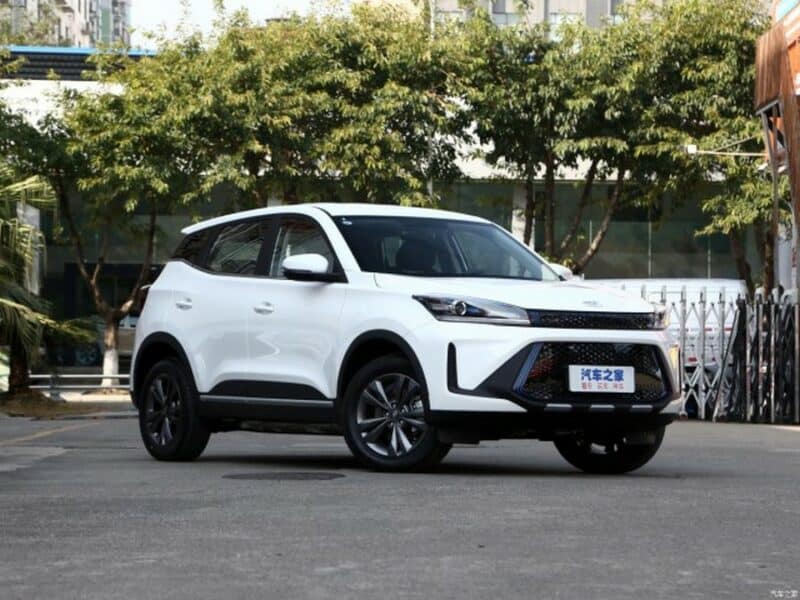

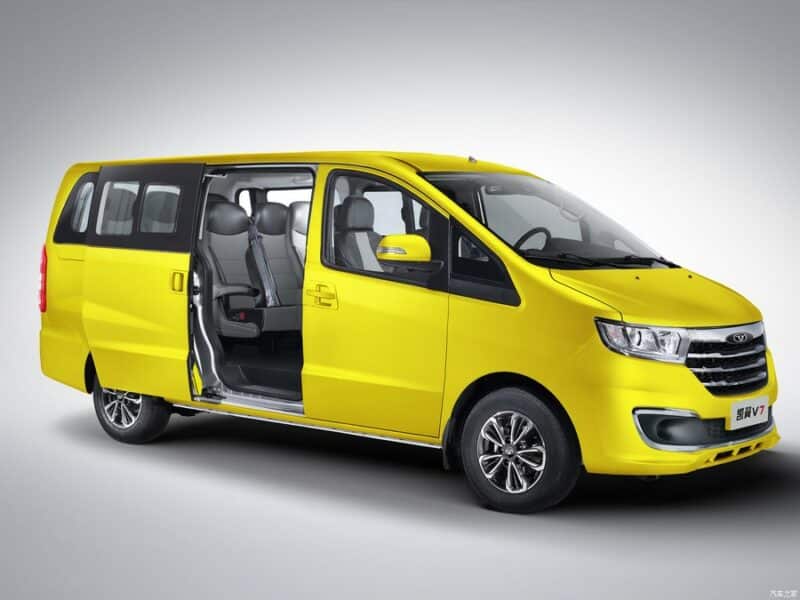
Export brands
Already in 2001, Chery started exporting its cars. This was mainly thanks to a Syrian car dealer called Alburouj. The owner of the dealership was in Shanghai for the auto show and spotted a Chery Fengyun on the road. He managed to contact Yin Tongyue and asked to sell him 200 cars. Yin, unconvinced the Syrian gentleman was serious, agreed to ship 10 cars to the Middle East. And the rest is history.
The Syrian dealer turned out to be very serious. He remained in business at least until the outbreak of the Syrian civil war some years ago. He also expanded his business to some other Middle-Eastern countries. In a short time, Chery had a presence in many Asian, Middle-Eastern, African, and South American markets. The company has a dozen or so overseas assembly factories, often joint ventures with local partners and usually operating based on CKD-kits from China.
In 2003, Chery became China’s largest car exporter and remained in that position for a very long time. Only this year SAIC seems to be relegating Chery to second spot. Chery used its own brand name for the exported cars most of the time but changed strategy in 2023. Since this year, Chery cars are known either as Omoda or Jaecoo in export markets.
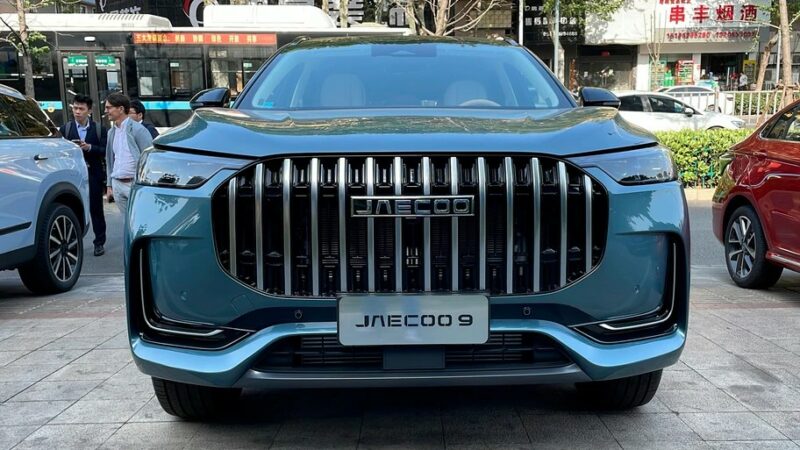
Jaecoo mainly serves the southern hemisphere with a rebadged Tiggo-9 (Jaecoo 9), while the smaller Jaecoo 7 (based on the Chery Tansuo-6) will follow soon. Initially, the Omoda brand was exclusive to Russia and marketed a rebadged Chery Omoda-5 as Omoda C5. Since the outbreak of the Ukraine war, Omoda has been announced for certain European countries, South Africa and Mexico.
Chery’s revival
After the abandoned multi-brand project, Chery tried to revive the main brand by radically changing its lineup. Rather than offering an endless amount of models under various names, Chery chose to market a range of sedans under the Arrizo name and a series of SUVs and crossovers as Tiggo. Both Arrizo and Tiggo would be followed by a number to represent their place in the model portfolio.
The Arrizo-range was quite easy to understand. Chery’s first all-new car was the mid-size Arrizo-7 in 2014. At the same time, Chery renamed the already existing sub-compact E3 to Arrizo-3. Later followed the Arrizo-5 in between. The Arrizo-3 and -7 disappeared again around 2019, but the 7 at least got a successor. This car was initially called Arrizo-GX but was renamed Arrizo-5 Plus at its first facelift. In 2022, Chery added the full-size Arrizo-8 at the top end of the range.
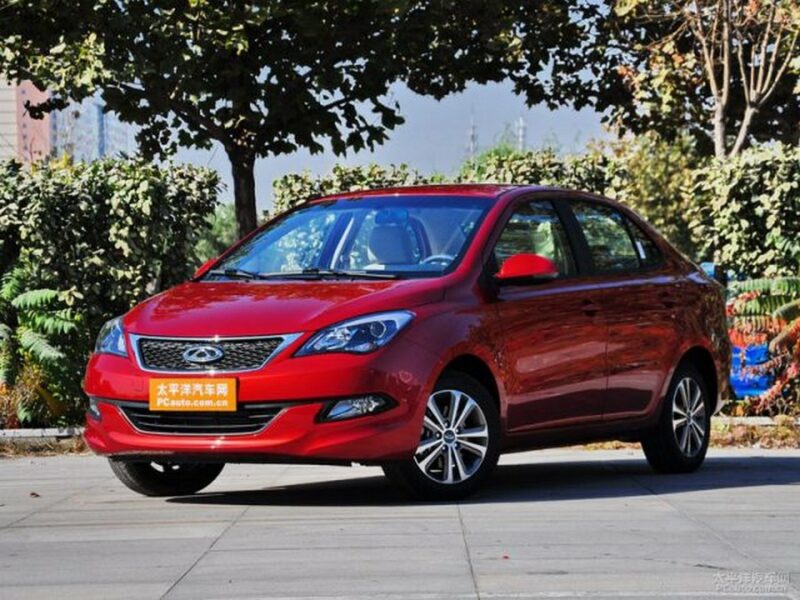
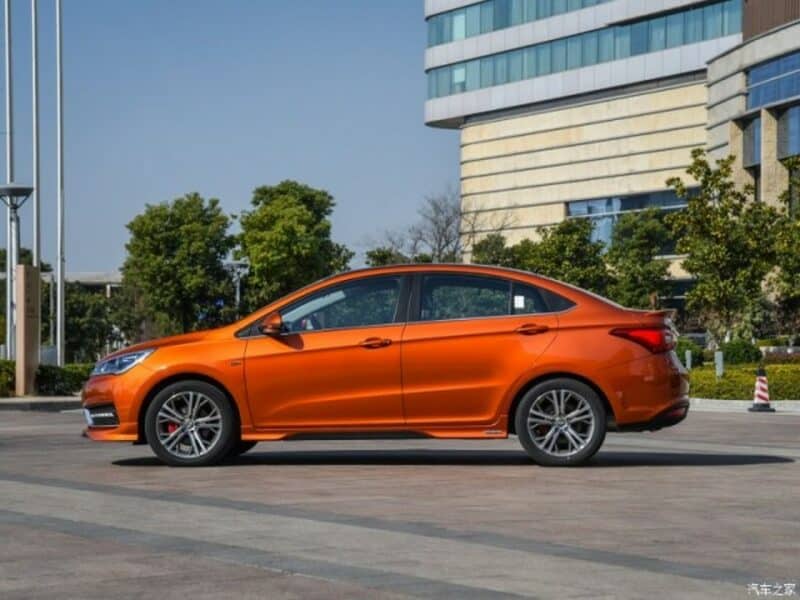
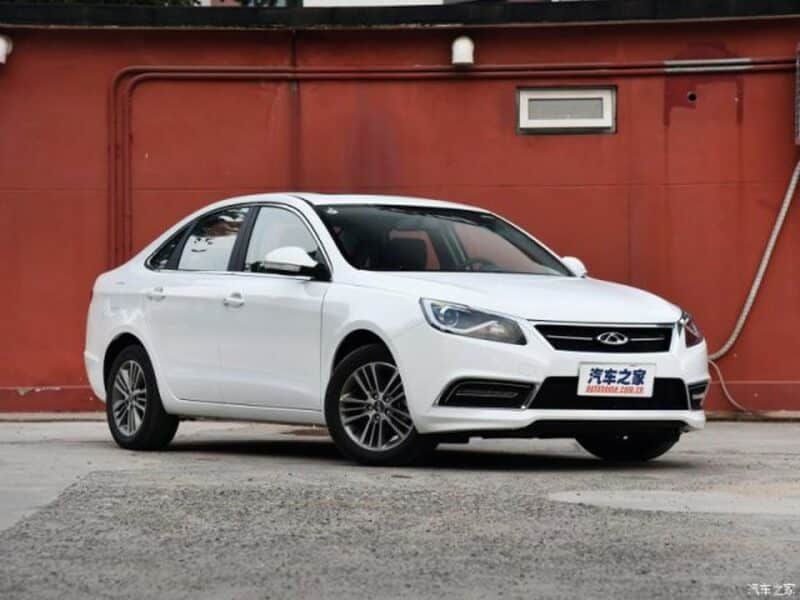
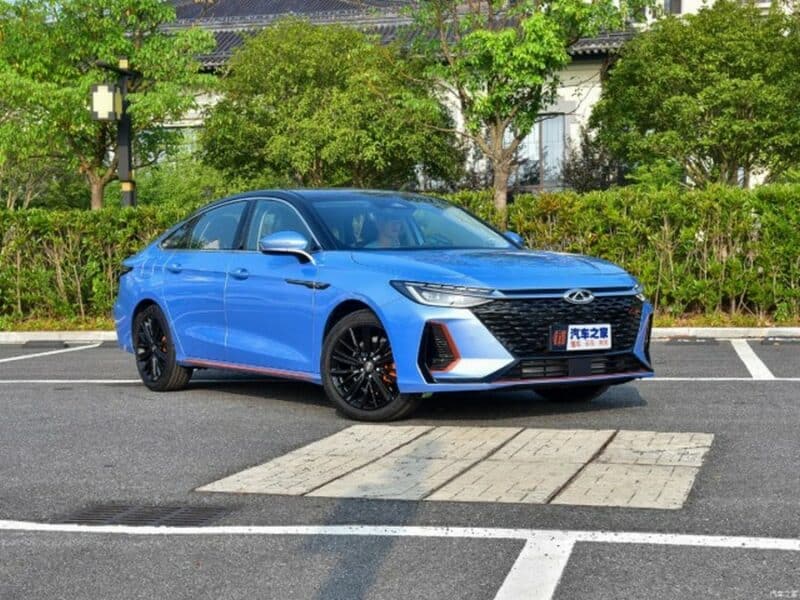
One of Chery’s problems in 2014 was the absence of products in the fast-growing SUV and crossover segment. They only had the Tiggo, which was renamed Tiggo-3 in 2014. To make up for its meager lineup Chery overcompensated. Besides the Tiggo-3, the make introduced Tiggo-models called 3X, 5, 5X, 7, 7 Plus, 8, 8 Pro, 8 Plus and 9 in the following years. All of these Tiggo cars are still available, so instead of one lonely model, Chery now has ten different SUV body styles on offer, ranging from 4.2 m to 4.8 m in length. Eleven if you count the Omoda-5, which hit the market last year, and even twelve including the upcoming Tansuo-6.
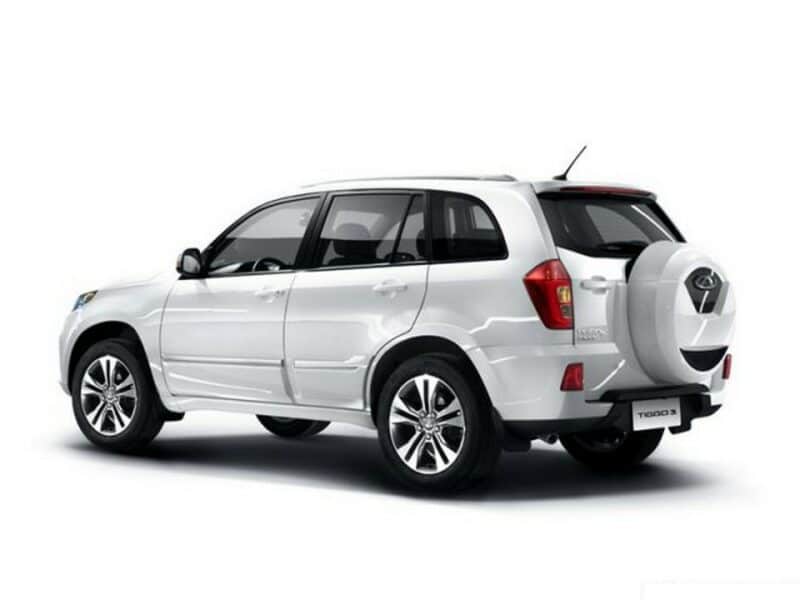
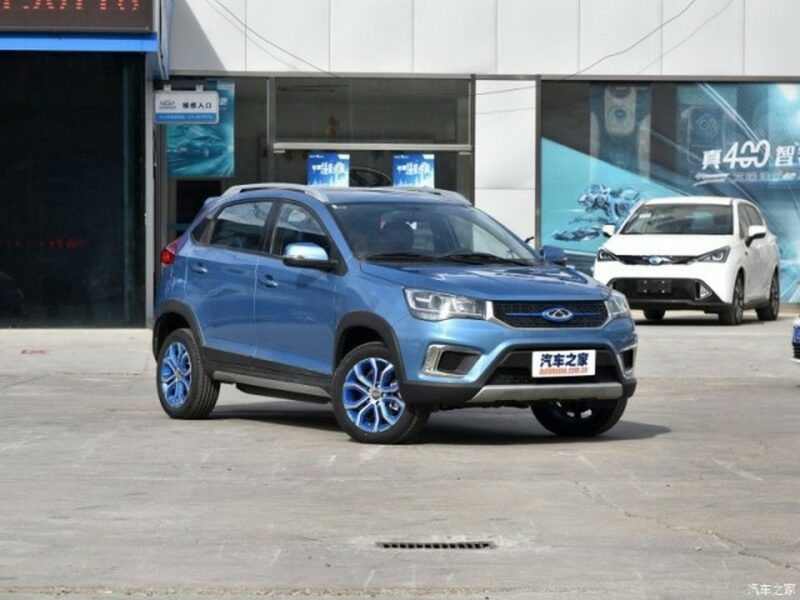
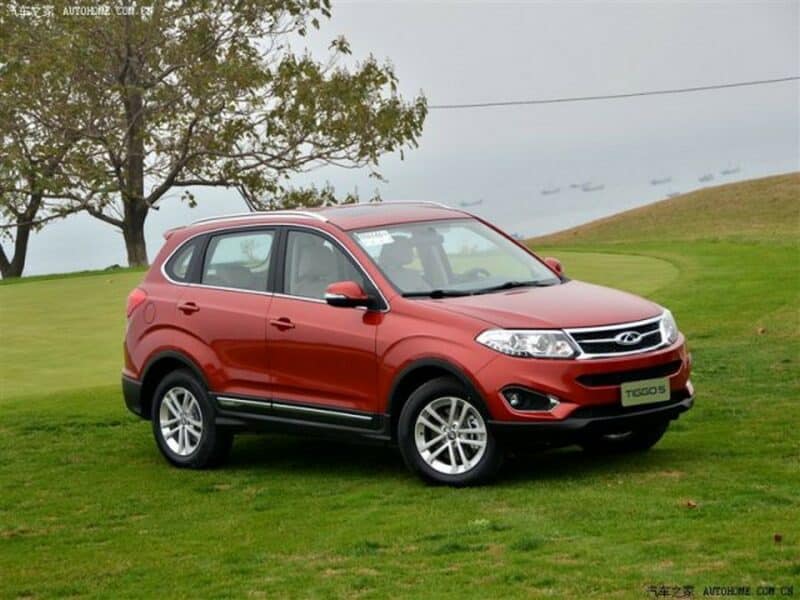
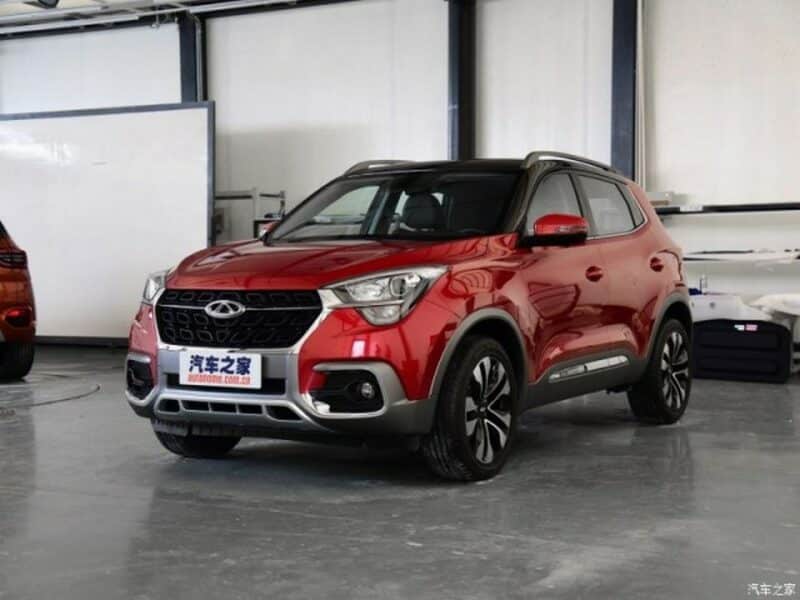
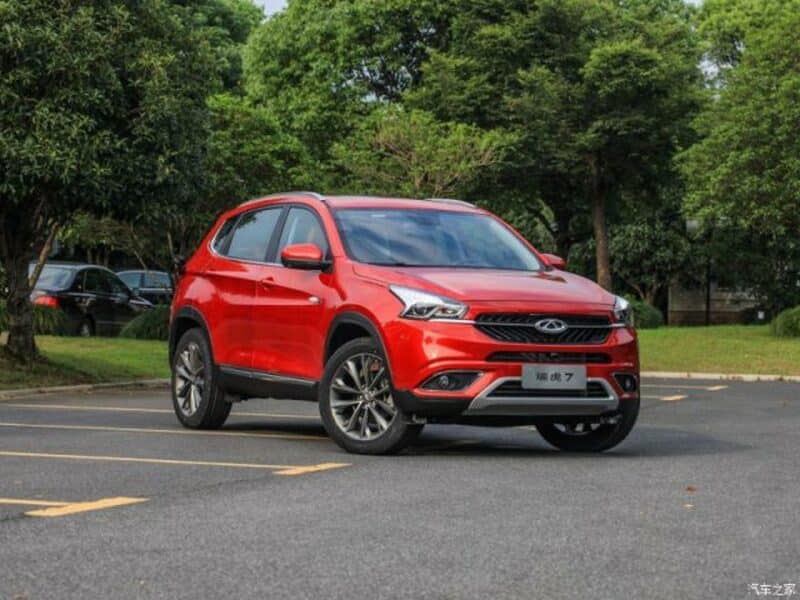
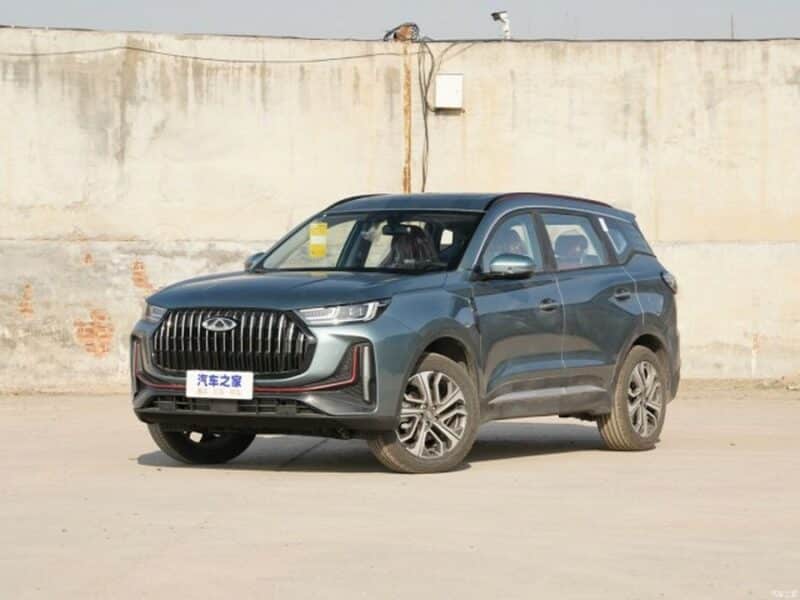
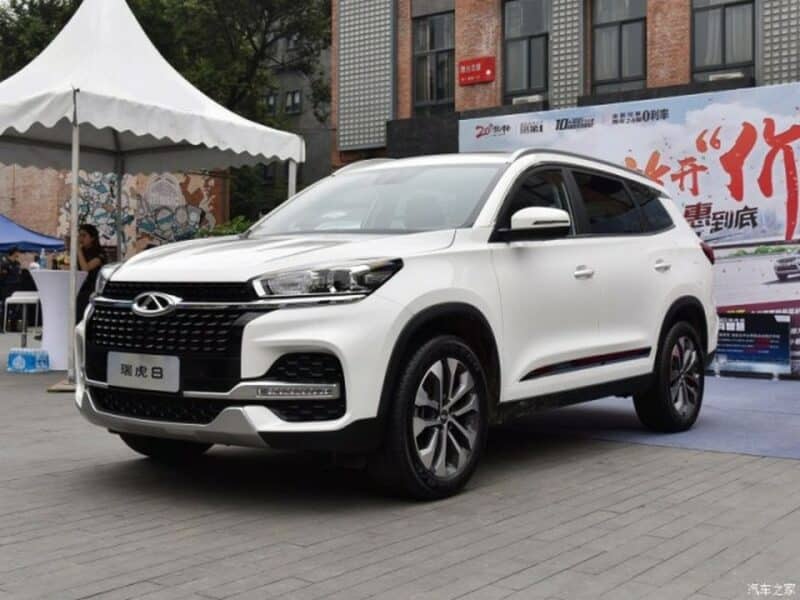

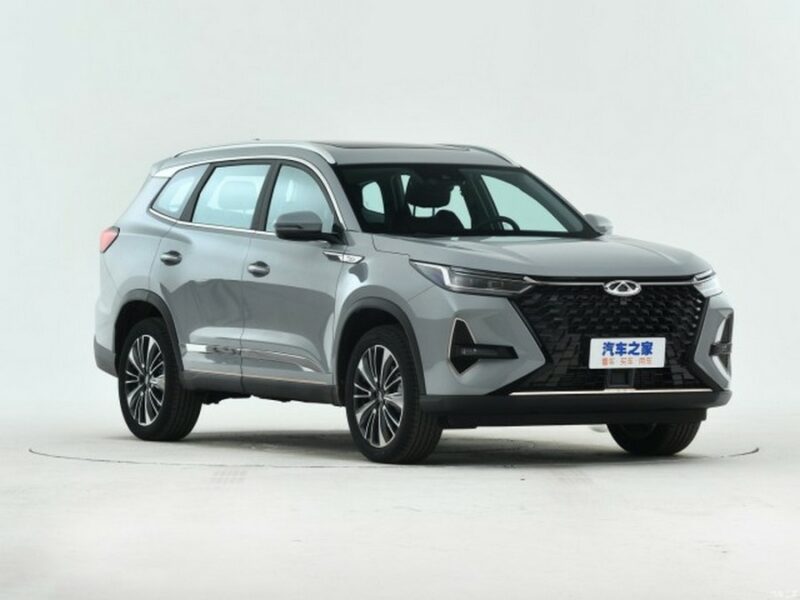
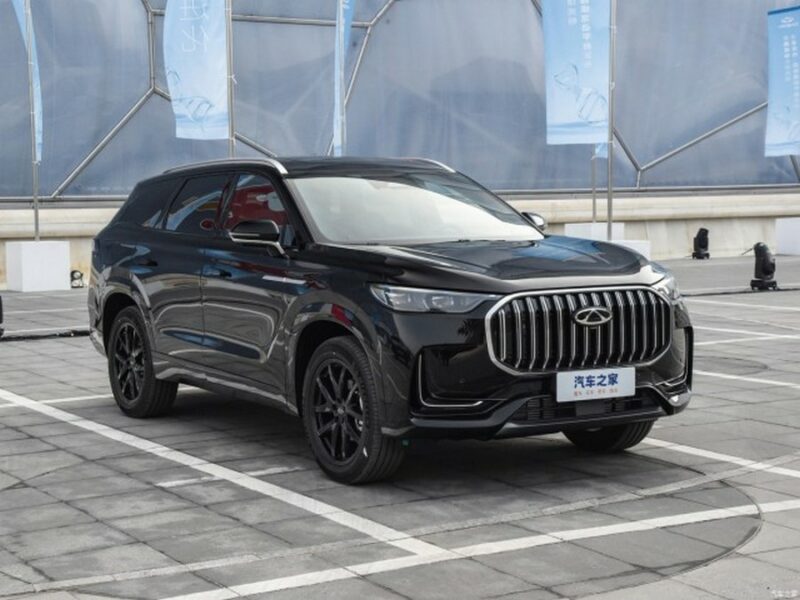
Oops I did it again
After Chery sold a majority share of Cowin and Qoros in 2018, it was once again back to one car brand and one commercial vehicle brand (Karry). But Yin Tongyue remained addicted to introducing new brands, so he did it all again. In 2018, Chery created Jetour (Jietu) to replace Cowin, and a year later, they added Exeed (Xingtu) at the top end, pretty much the new Riich or Qoros. Jetour and Exeed so far only make SUVs, so in addition to the 12 Chery models, the company makes another eight SUVs (and their derivatives) under a sub-brand.
That might seem like overkill, but in the case of Jetour, it finally worked. Jetour was announced in early 2018, with the first model being delivered towards the end of the year. This car called the Jetour X70, became an instant success. It was positioned as an affordable SUV, slotting in below the popular Tiggo-3 and 5, despite being significantly larger. The X70-range proliferated into many, many different variants including a X70 Coupe that wasn’t a coupe at all.
Thanks to the X70, Jetour became one of the most successful brand launches in history in terms of sales growth. From 40.000 units in the first year to over 186.000 in 2021. Jetour also helped Chery Automobile break the 1 million cars per year barrier in 2022 for the first time. Besides the X70, Jetour also sells the larger X90 and X95, but these models are not as successful as the X70 by any stretch. In 2022, Jetour launched the smaller Dacheng model. This was significant because with the Kunlun architecture underneath it, Jetour now had its first dedicated platform and plugin hybrid technology.
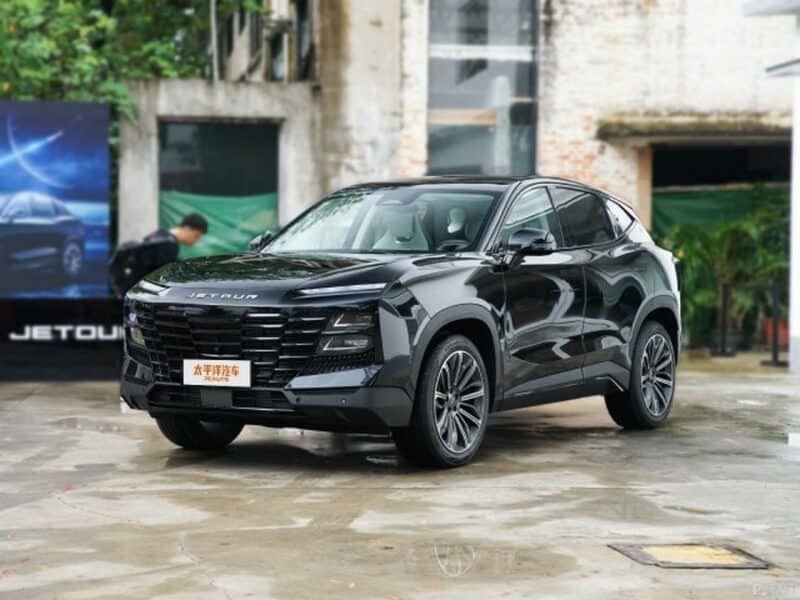
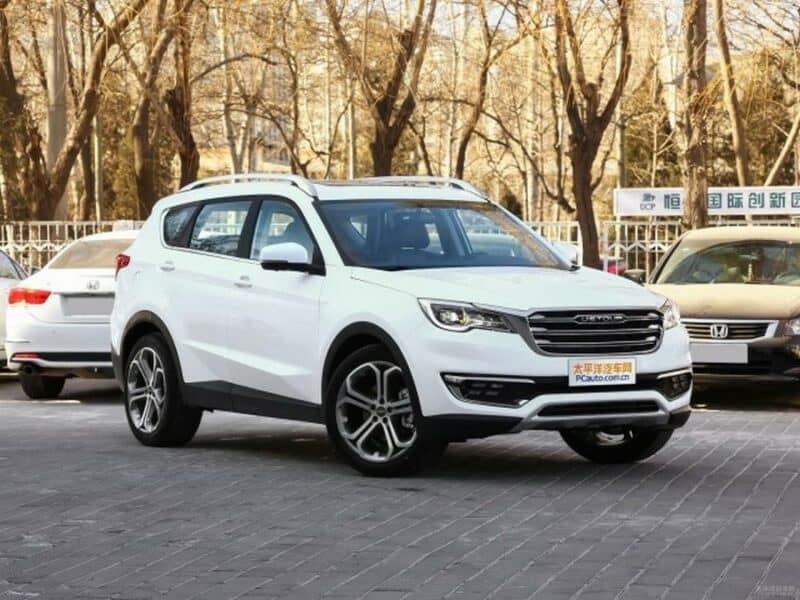
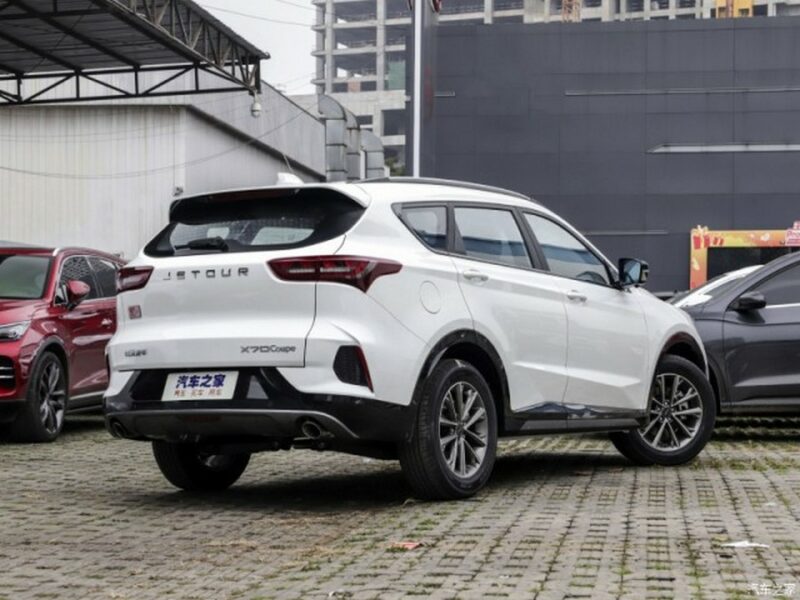
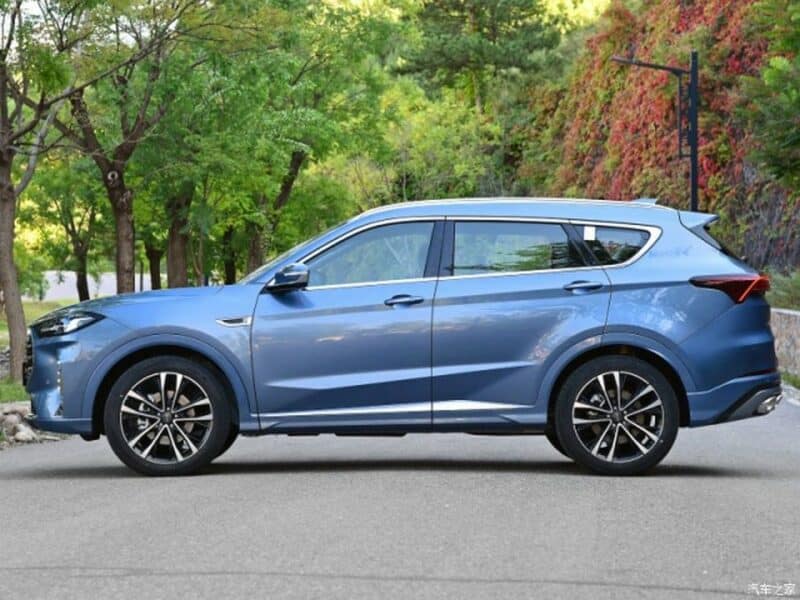
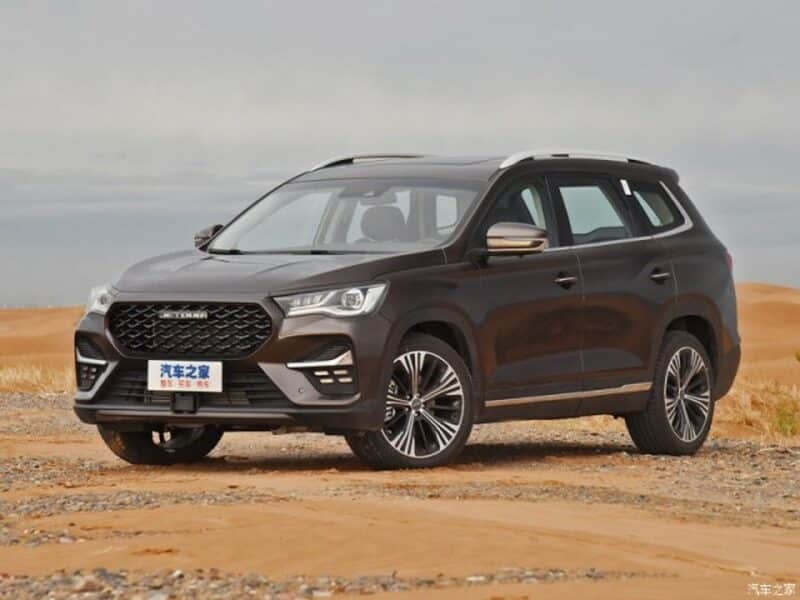
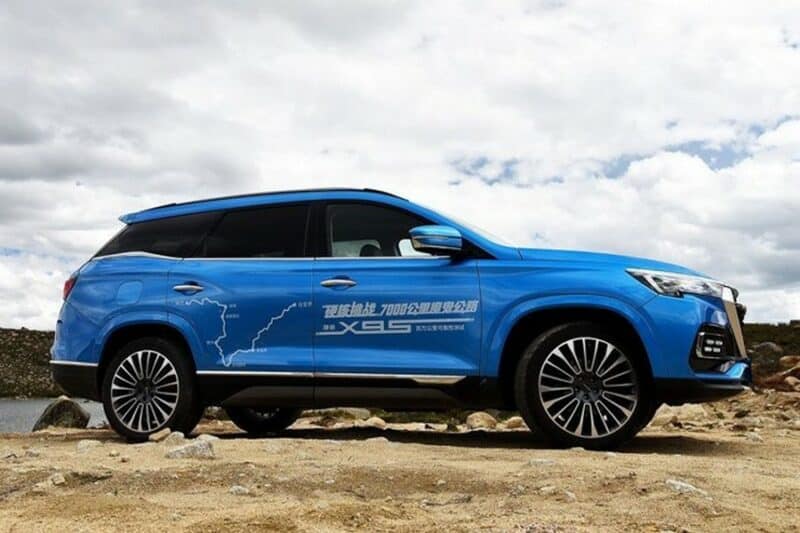
The Exeed brand at the other end of the spectrum failed to replicate the success of Jetour. The brand launched into the limelight with a prototype at the 2018 Beijing Auto Show, but sales only started in April 2019. Exeed markets four different SUVs. The LX (later renamed Zhuifeng) is the only one sharing a Chery Tiggo platform (that of the second-generation Tiggo-7). The larger TX/TXL (later Lingyun S/Lingyun) and the range-topping VX (later Lanyue) all shared a dedicated platform for Exeed. These cars appeared in 2019. In 2023 Exeed added the Yaoguang, a model of the same size as the TX/Lingyun.
In the same year, Exeed got its own sub-brand. At the Shanghai Auto Show Exeed showed two fully electric prototypes under the Sterra name. The Sterra ET is another SUV, but the Sterra ES is the brand’s first sedan. The Sterra ES shares its platform and technology with the recently introduced Luxeed S7, a cooperation between Chery Exeed and Huawei.
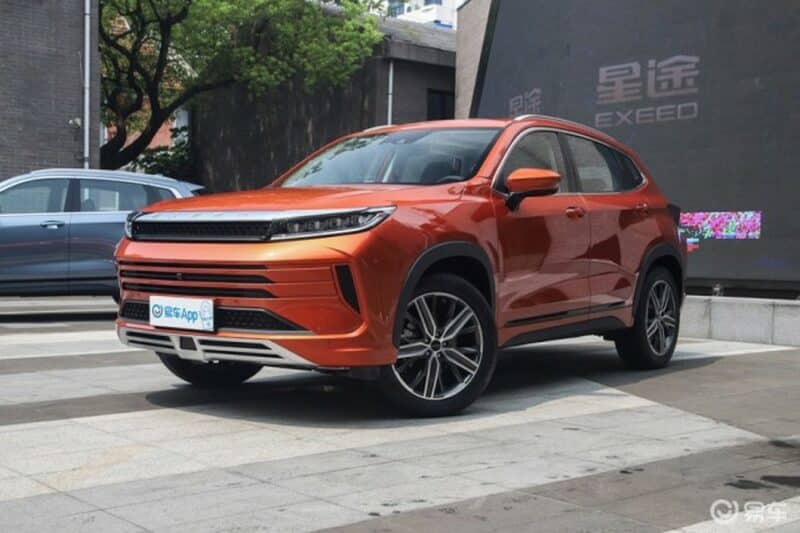
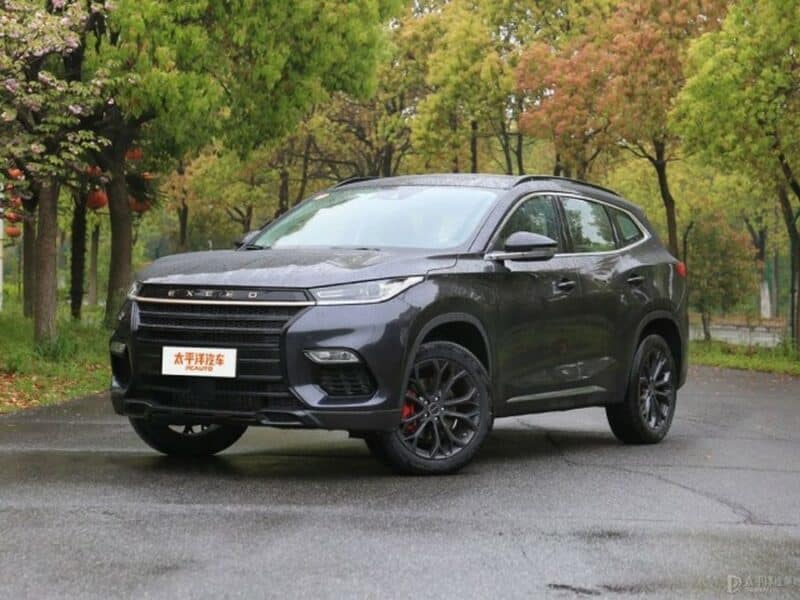

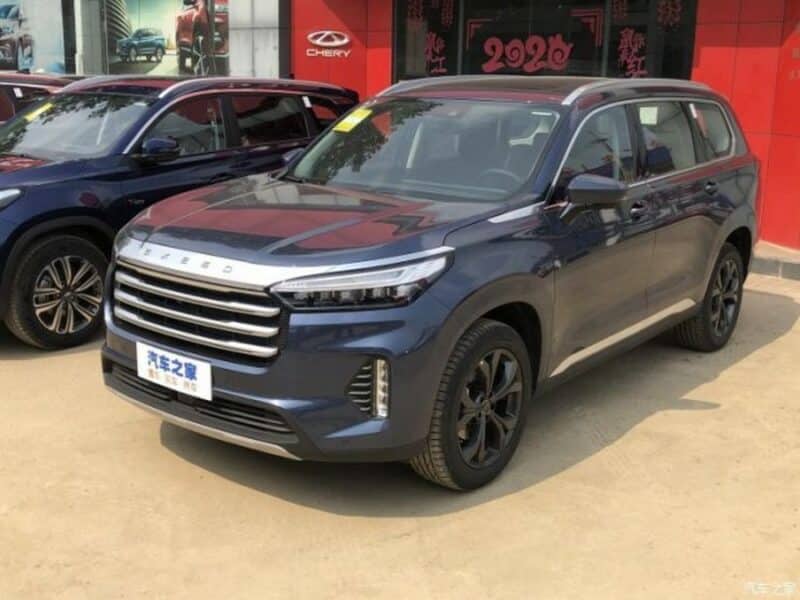
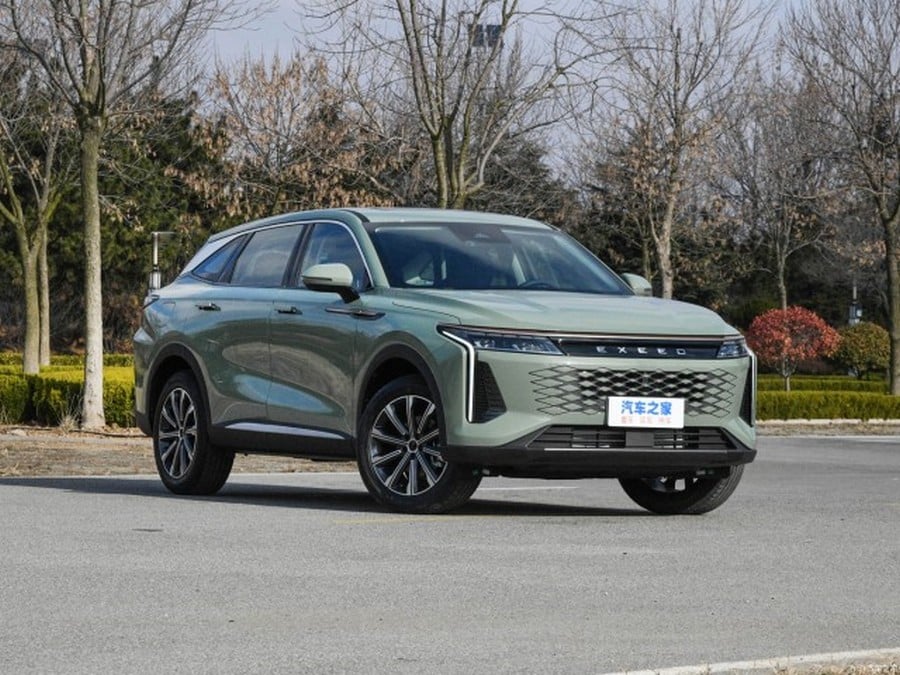
iCAR, a label for everything
If you thought that these are enough brands, well, you don’t know Chery. There’s one label Yin Tongyue is particularly fond of: iCAR. Yes, it sounds like an Apple product, and over the years, Chery has used it for many things.
The name first appears around 2007. Chery assembles one of the generic pickup trucks we’ve seen so often already with the ‘Chevy Silverado’ body. This pickup goes by the name Aika in China, but that’s derived from its English name. You guessed it, iCAR. The pickup is later moved to the Karry brand and then succeeded by a pickup on the Rely X5 platform. This one is called Higgo. Both the Aika and Higgo are not very successful.
So, around 2014 the iCAR label is available again and Chery sticks it on the brand new platform that underpins the Arrizo-7 sedan. An upgraded version of the platform arrives with the Arrizo-5 and then it’s called M1X. This platform is also used for some Tiggo models. From 2017 onwards the iCAR label re-appears as an integrated service package for Chery’s small EVs, the Little Ant, and its derivatives (which we will meet next week). iCAR service includes things like extended warranty, maintenance packages, and digital services.
And then, in April 2023, iCAR becomes a car brand. At the Shanghai Auto Show, Chery displays two electric prototypes, the iCAR 03 and iCAR GT. The 03 is a small and boxy SUV, while the GT is a sports car with scissor doors. The iCAR 03 has already popped up in the monthly regulatory filings and pre-production has started. Chery aims at the younger buyer, iCAR will be a fashionable, affordable, and fully electric brand.
Next week
Even more obscure brands, Chery’s joint ventures, Chery the NEV pioneer and a short review of the latest corporate developments.




